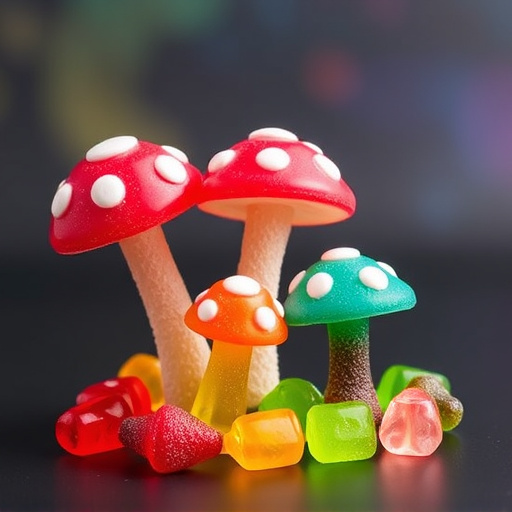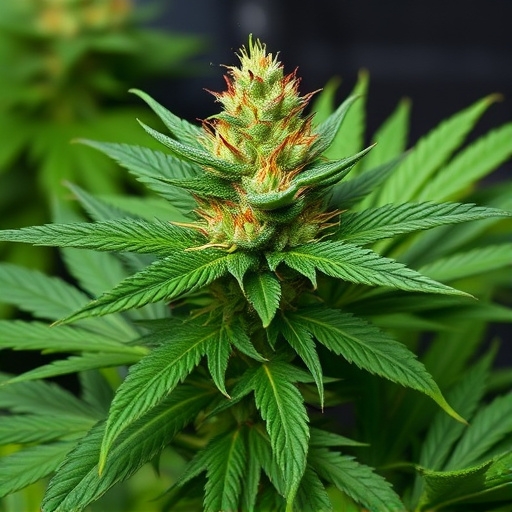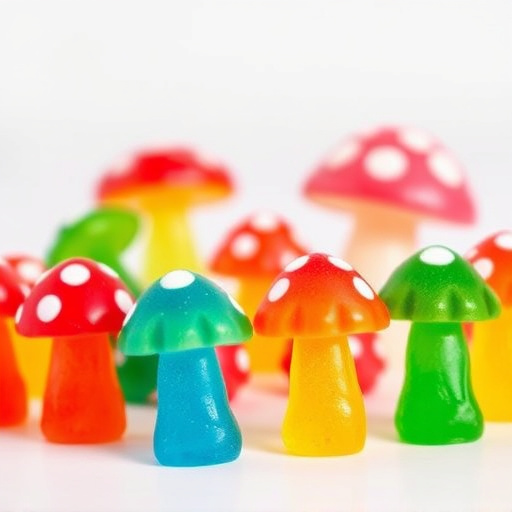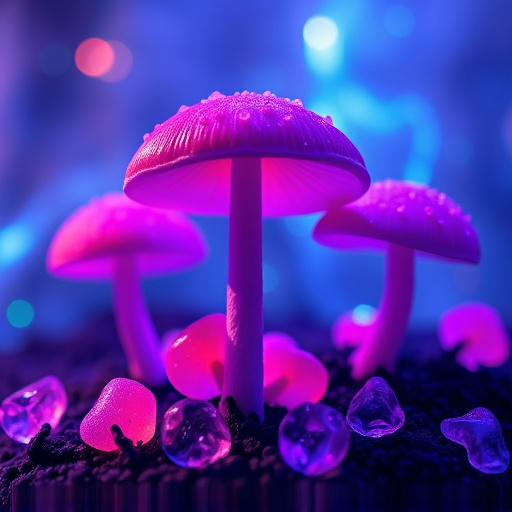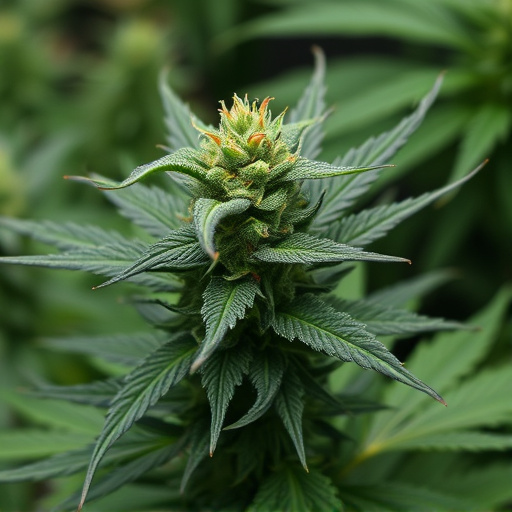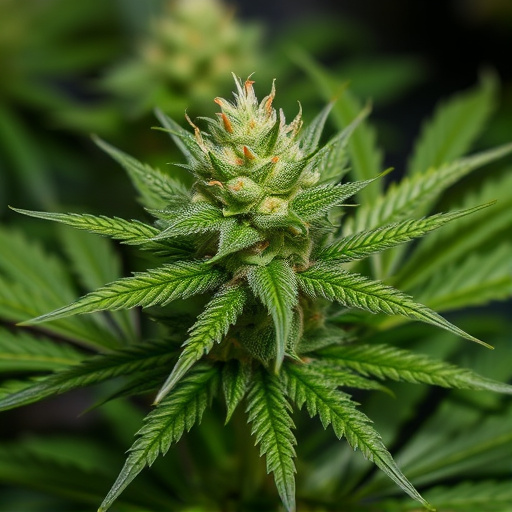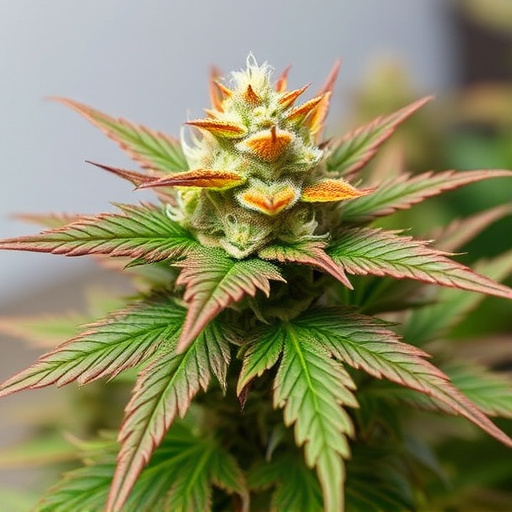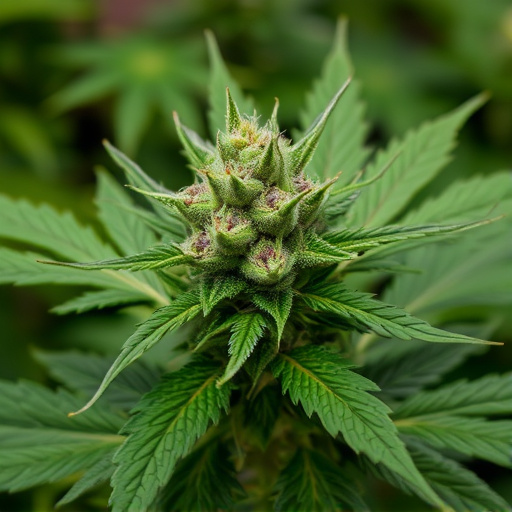Cannabis flowers' unique aromas are driven by terpenes, aromatic molecules that plants produce as defense. These compounds create diverse scent profiles across cannabis strains and interact with our bodies' endocannabinoid system to influence the effects of cannabinoids like THC and CBD. Terpenes like myrcene (earthy, relaxing) and limonene (citrus, mood-enhancing) offer distinct olfactory experiences and potential health benefits. Environmental factors during growth, such as light, temperature, and humidity, significantly impact terpene concentration and cannabis strains' unique therapeutic effects.
Cannabis flowers are renowned for their distinct, often powerful aromas. This pungency isn’t just about appealing to users; it’s a window into the complex interplay of terpenes and other compounds within each strain. Genetic diversity among cannabis plants means that different strains offer unique scent profiles, from earthy to fruity or spicy notes. Environmental factors, too, play a role in shaping the intensity and complexity of a cannabis strain’s aroma. Understanding these elements reveals the art behind crafting desirable cannabis strains and their associated effects.
- The Role of Terpenes and Compounds in Cannabis Scent
- Genetic Variations Leading to Diverse Scents Across Cannabis Strains
- How Environmental Factors Influence the Intensity of Cannabis Aroma
The Role of Terpenes and Compounds in Cannabis Scent

Cannabis flowers emit their distinct aromas due to a complex interplay of various compounds, with terpenes playing a pivotal role. Terpenes are aromatic molecules produced by cannabis plants and many other organisms, serving as a defense mechanism against potential threats. Each terpene contributes to the overall scent profile, offering a unique olfactory experience that can vary widely among different cannabis strains and effects. For instance, myrcene is commonly associated with earthy and musky notes, while limonene provides citrusy and refreshing aromas.
These volatile compounds not only create the characteristic smells but also contribute to the therapeutic properties of cannabis. Many terpenes have been linked to specific physiological effects, interacting with the endocannabinoid system in our bodies. This interaction can enhance or modify the effects of cannabinoids like THC and CBD, making each cannabis strain unique. The combination of terpenes and other compounds, such as flavonoids, creates a complex scent that not only delights the senses but also offers a glimpse into the potential therapeutic benefits of different cannabis varieties.
Genetic Variations Leading to Diverse Scents Across Cannabis Strains
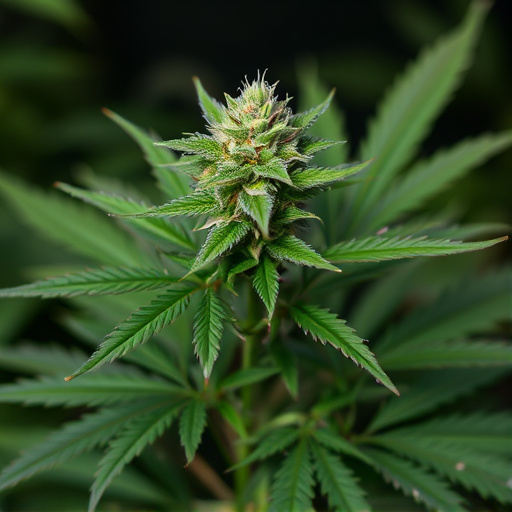
Cannabis flowers emit their distinctive aromas due in part to genetic variations that lead to diverse scents across cannabis strains. Each strain carries a unique combination of terpene profiles, which are aromatic compounds naturally produced by the plant. These terpenes not only contribute to the characteristic smell but also play a role in modulating the effects of cannabinoids like THC and CBD. For instance, myrcene is often associated with earthy and musky scents and is known for its potential relaxing and sleep-inducing effects. Similarly, limonene offers bright citrus notes and may provide uplifting and mood-enhancing benefits. As genetic diversity continues to be explored in cannabis research, understanding these terpene variations helps cultivate strains tailored to desired effects and aromatic preferences.
How Environmental Factors Influence the Intensity of Cannabis Aroma

The aroma of cannabis flower is a complex interplay between various compounds, but environmental factors play a significant role in shaping its intensity. During growth, cannabis plants are sensitive to their surroundings—light, temperature, and humidity levels all impact scent development. For instance, optimal growing conditions with balanced moisture and sunlight can lead to more pronounced terpenes, resulting in a stronger smell. Different cannabis strains and effects are also tied to these factors; some varieties, known for their therapeutic benefits and unique flavor profiles, owe their distinctive aromas to the specific environmental conditions they were cultivated in.
The process of maturation further enhances cannabis’ aroma. As flowers age, certain compounds, especially terpenes, become more concentrated, leading to a more intense and complex smell. This is why freshly harvested cannabis might not always live up to its reputation; it takes time for the full spectrum of aromas to develop and harmonize. Environmental influences on scent are particularly notable when comparing different cannabis strains and their effects, as certain conditions can favor specific terpenes, altering the overall sensory experience.
The distinct and often powerful aroma of cannabis flowers is a result of a complex interplay between various chemical compounds, primarily terpenes and other volatiles. Genetic diversity among cannabis strains contributes to the wide array of scents, from fruity to earthy, while environmental conditions play a significant role in shaping the intensity and complexity of these aromas. Understanding these factors not only enriches our appreciation for different cannabis strains and their effects but also paves the way for more precise cultivation techniques aimed at enhancing specific olfactory profiles.

